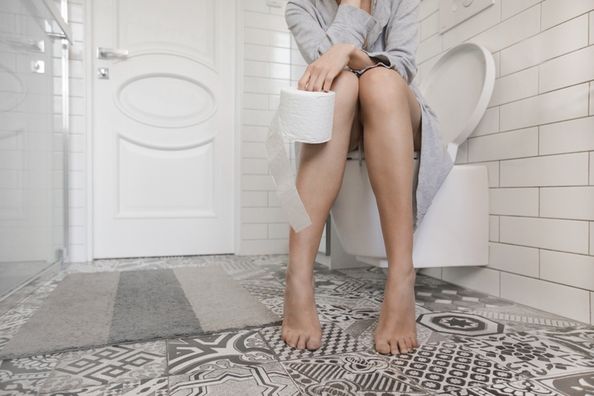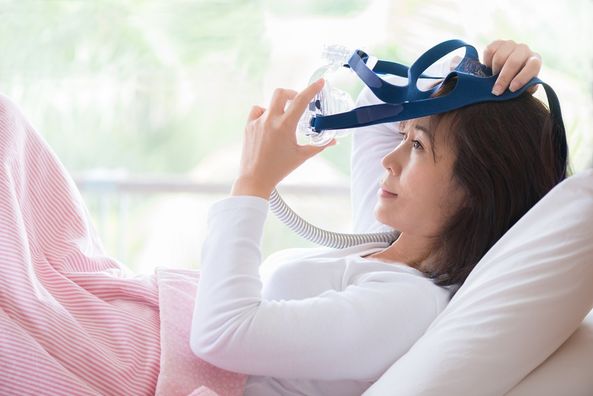When you arrive at a mall, movie theater, restaurant or another public place, do you instantly try to locate the nearest bathroom? If you do, you may be suffering from an overactive bladder. Overactive bladder (OAB) is a chronic condition that can affect your life in so many different ways, a lot of times because you are worried about your bladder triggering at the wrong time.
Overactive bladder is a condition that consists of frequent urination, urgent urination, and/or unintentional loss of urine associated with urgency that you can’t control. In fact, this chronic condition affects more than 33 million Americans; as many as 40% of all women and 30% of all men live with overactive bladder symptoms. The real number of those affected by OAB is probably much higher since most people don’t know that they can receive help for these symptoms or are embarrassed by them.
When treating overactive bladder, your physician will generally start you off with conservative treatment methods like pelvic floor exercises, bladder training, diet changes and/or medications. But if these don’t work for you, there are three FDA-approved advanced therapies available that can help you gain control of your bladder.
Urgent® PC
The Urgent PC system is a specific type of neuromodulation called percutaneous tibial nerve stimulation (PTNS). This treatment involves stimulation of a nerve located in the ankle, similar to acupuncture, and is performed in-office for 30-minute treatment sessions. Patients typically describe the treatment as a tingling or pulsating sensation. When starting this treatment, you will receive an initial series of 12 sessions each spaced 1 week apart. If you respond to this treatment, maintenance therapy is needed monthly to maintain the results. It generally takes 5 – 7 weeks for symptoms to change.
BOTOX®
While BOTOX® is most commonly known for treating wrinkles, it is also able to help treat an overactive bladder. BOTOX® injections can be quickly delivered to the bladder through a small camera (cystoscope) gently placed inside the bladder. Bladder BOTOX® can be performed in the office or as an outpatient procedure. Bladder BOTOX® requires repeat injections every 6 – 9 months.
InterStim® Therapy
This bladder control therapy is called sacral neuromodulation. A pacemaker-like device for your bladder is implanted just beneath the skin. The system uses gentle electrical stimulation to normalize your bladder – helping you gain bladder control. Having this system installed is done under sedation as an outpatient procedure. You will be able to test the device prior to having it surgically installed to see if this therapy works for you. The final device lasts for about 5 – 7 years before it needs to be replaced.
If you suffer from overactive bladder symptoms, know that you are not alone and that there are many different therapies that can help you live a better life.
Health Topics:







